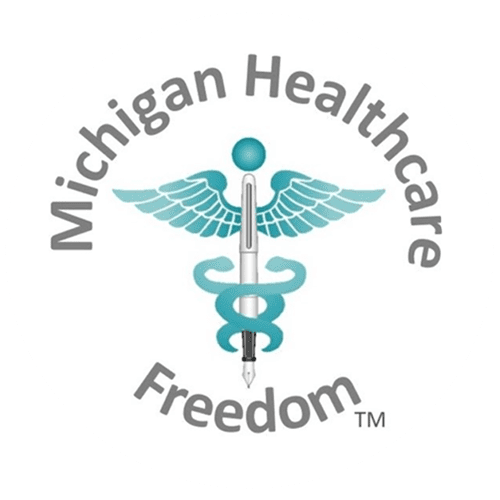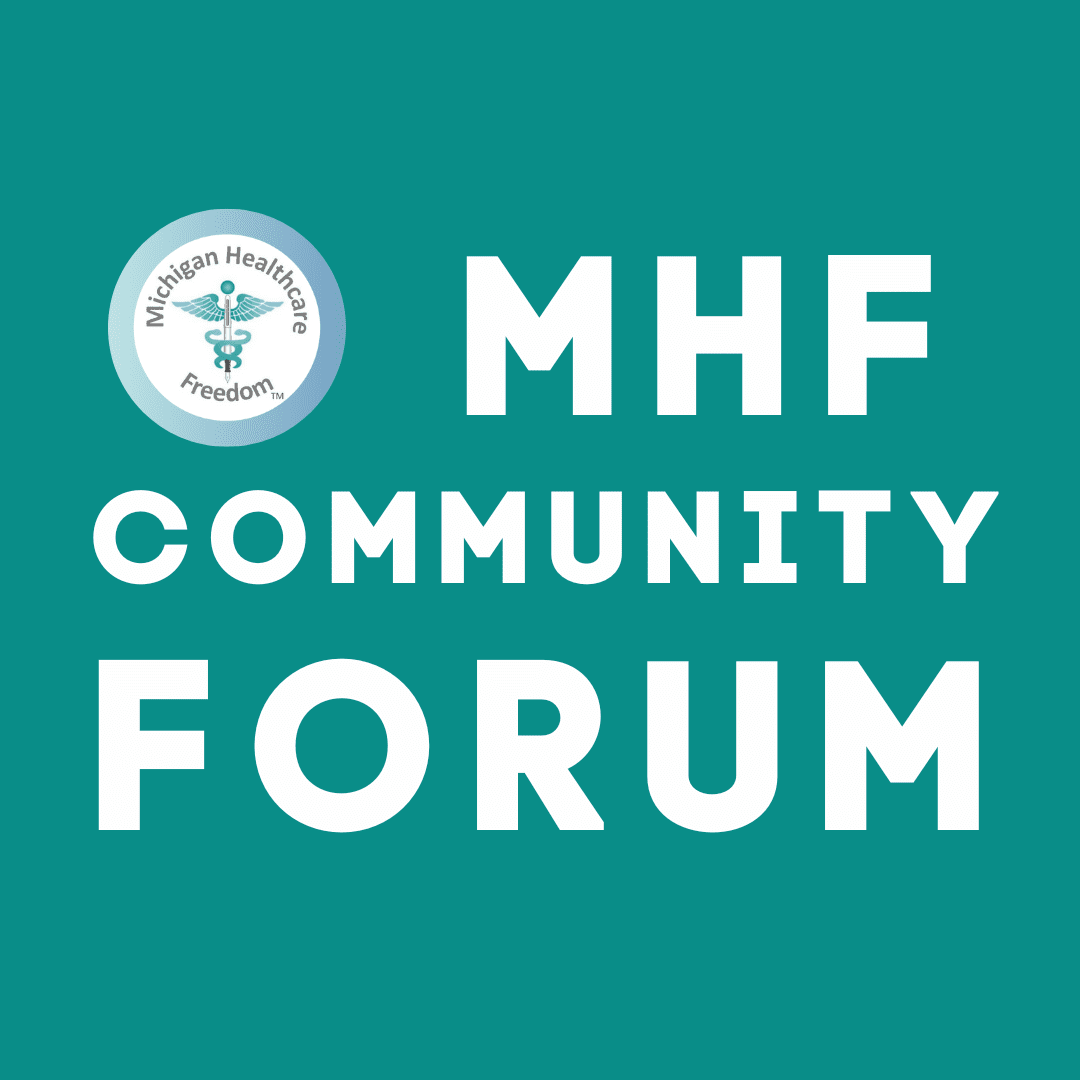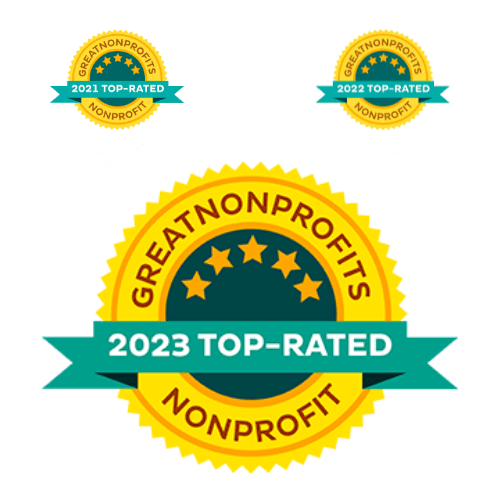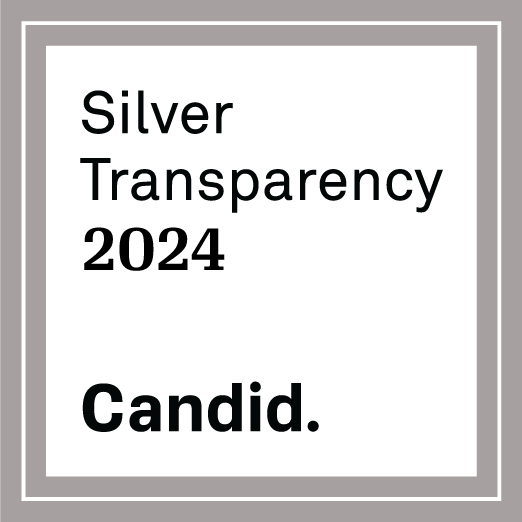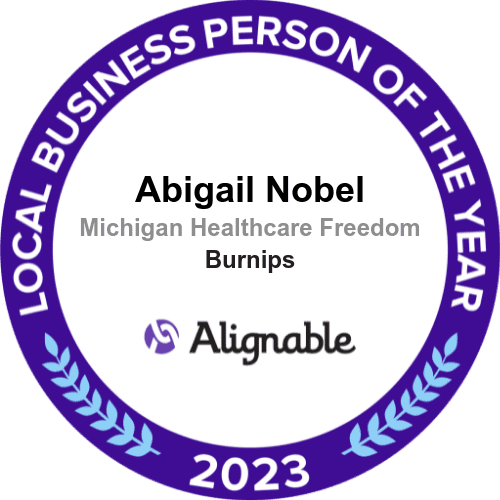
The U.S. Supreme Court just struck down race-conscious admissions programs at Harvard and UNC, banning all exclusively racial affirmative action policies which favor Black, Hispanic and other minority students' admissions. Many health care organizations have developed similar affirmative action hiring programs which will soon be challenged:
Affirmative action ruling could place target on US corporate diversity programs
By Daniel Wiessner - June 30, 2023(Reuters) - The U.S. Supreme Court ruling striking down race-conscious policies in college admissions includes some warnings to companies about the legal limits of workforce diversity efforts and is likely to fuel challenges to them, experts said.
Thursday’s ruling has no direct impact on employers because it does not involve workplace bias laws. But in finding that Harvard University and the University of North Carolina unlawfully considered race as a factor in the admissions process, the court may have laid the groundwork for future challenges to corporate diversity initiatives.
Chief Justice John Roberts wrote for the court that a student “must be treated based on his or her experiences as an individual — not on the basis of race.”
In a concurring opinion, Justice Neil Gorsuch noted that the federal law banning race bias in federally-funded programs, including higher education, is "essentially identical" to the law prohibiting workplace discrimination.
The court may be signaling that it would apply the same standard to companies' diversity, equity and inclusion policies, which have been criticized as creating preferences based on race or sex, lawyers and other experts said.
“It’s a helpful reminder that no employment program seeking a racial balance for its own sake can comply with our laws,” said Dan Morenoff, executive director of the American Civil Rights Project, which has mounted legal challenges to corporate policies favoring specific races or genders.
Companies have had policies aimed at diversifying their workforce for decades. But many began looking more closely at the issue beginning in 2020, in the wake of the national reckoning on race spurred by the death of George Floyd and other Black people at the hands of police.
Proponents of corporate diversity initiatives say that along with creating more equity, they attract better talent and can be good for business when they have support among a company's customer base.
For nearly 60 years, federal law has prohibited employers from basing decisions on workers' race, sex, or other protected characteristics. Reverse discrimination lawsuits are common, but there is little court precedent on the legality of whole diversity programs.
The Supreme Court in a 1979 ruling upheld a chemical company's policy that at least half of its trainees for skilled craft positions be Black. The court said the policy was lawful because it was temporary and was designed to remedy past discrimination by the company, but did not consider whether a broader affirmative action policy would violate the law.
'WAKE-UP CALL'
Thursday's Supreme Court decision should spur companies to review their diversity policies and ensure they are not violating the law in the name of vague equity goals, according to Andrea Lucas, a commissioner on the five-member U.S. Equal Employment Opportunity Commission, which enforces federal anti-bias laws.
"The court’s decision should be a wake-up call to employers," said Lucas, who was appointed by Republican former President Donald Trump. The commission currently has a Democratic majority.
By calling out specific admissions policies, such as giving "pluses" to minority students, the court's decision is likely to embolden critics who claim workforce diversity programs similarly give unfair advantages to certain groups.
Roberts, for example, wrote that "in a process where applicants compete for a limited pool of spots, a tip for one race necessarily works as a penalty against other races.”
That could mean a spike in bias lawsuits by white and male workers and challenges to a decades-old requirement that federal contractors adopt policies ensuring equal employment opportunities.
Last year, Pfizer Inc won the dismissal of a lawsuit by a group of medical professionals alleging a fellowship program established by the drugmaker discriminated against white and Asian-American applicants. The plaintiffs are appealing that decision, which involved technical issues and not the merits of the claims.
The Pfizer case was brought by Do No Harm, a conservative activist group that has challenged several diversity programs in healthcare. Conservative lawyer Edward Blum, who engineered the college admissions cases decided on Thursday, is on the group's board of directors.
A representative of Do No Harm did not immediately have comment on Friday. Blum declined to comment.
Lawyers who represent companies said that most employers' diversity and inclusion policies are aimed at creating larger and more diverse pools of candidates rather than setting numerical goals like the admissions policies at issue in the Supreme Court cases.
Those broad policies are likely insulated from legal challenges, according to Doug Brayley, a Boston-based partner at law firm Ropes & Gray. But he and other lawyers said that policies more closely mirroring college admission standards, such as those designed to reserve a set percentage of leadership positions for women or minorities, could be more vulnerable.
“The more strict and more rigid the policy, the more likely it will be challenged,” Brayley said.
It is worth noting that both Harvard University and the University of North Carolina have substantial health care operations. Beth Israel Deaconess Medical Center (BIDMC), a part of the Beth Israel Lahey Health system, is the teaching hospital of the Harvard Medical School. UNC Medical Center (UNCMC) is the core teaching hospital of the UNC Medical School, which also has three other major hospitals.
Left-of-center Morning Brew road-mapped a likely response from industry yesterday:
Legal experts warn that the Supreme Court’s rollback of affirmative action opens the door for challenges to race-conscious diversity programming in the workplace, such as diversity, equity, and inclusion (DEI) and environmental, social, and governance (ESG) initiatives, as well as diversity quotas companies have in place for hiring and promotions.
- Experts are recommending that companies swap out their use of the word “diversity” for phrasing like “Title VII compliance” or the title “chief diversity officer” for “chief transformation officer” to avoid potential litigation.
- Business leaders and labor lawyers say companies should count on spending time—and money—to prepare for increased legal action launched by critics of diversity policies.
Corporate America might also need to build new pipelines for diverse talent. Last year, nearly 80 US firms including Apple, Meta, and Google filed a brief in support of affirmative action as the policy headed to court, saying that they “depend on university admissions programs that lead to graduates educated in racially and ethnically diverse environments.”
Their full article - https://www.morningbrew.com/daily/stories/2023/06/29/scotus-strikes-down-affirmative-action?mbcid=31946113.25792&mid=6624805e5f512bca13362a501ae293b1
Speaking of Do No Harm.
They have scored Michigan's university medical schools on DEI Integration, aka "wokeness"!
https://donoharmmedicine.org/location/michigan/
They have an active Newsroom and other website features as well.
The eminently-quotable Justice Thomas does it again.
The 15 Best Zingers, Maxims, And Mic-Drops From Clarence Thomas’ Harvard Concurrence
he Supreme Court’s Thursday decision in Students for Fair Admissions v. President and Fellows of Harvard College dealt an overdue blow to race-based college admissions, and some of the best punches were thrown by Justice Clarence Thomas in his concurrence.
The court ruled that so-called “affirmative action” at Harvard and the University of North Carolina were in violation of the 14th Amendment and its application via the Civil Rights Act. Policies that discriminate based on race without demonstrating a compelling public interest, the six justices in the majority agreed, are not compatible with our founding principles of equal rights under the law for every American.
In addition to signing on to the majority opinion authored by Chief Justice John Roberts, Thomas wrote a nearly 60-page concurrence to express his horror at the idea of institutionalized racial discrimination in 21st-century America. Here are 15 of his best lines.
1. The best way to fix discrimination is not more discrimination.
[T]he Constitution continues to embody a simple truth: Two discriminatory wrongs cannot make a right.
2. Courts can’t defer to the discriminating body about whether the discrimination is justified.
Universities’ self-proclaimed righteousness does not afford them license to discriminate on the basis of race. In fact, it is error for a court to defer to the views of an alleged discriminator while assessing claims of racial discrimination. … To the extent past is prologue, the university respondents’ histories hardly recommend them as trustworthy arbiters of whether racial discrimination is necessary to achieve educational goals.
3. Using the 14th Amendment to justify discrimination is “self-defeating.”
Without such guardrails, the Fourteenth Amendment would become self-defeating, promising a Nation based on the equality ideal but yielding a quota- and caste-ridden society steeped in race-based discrimination.
4. Racial preferences don’t end inequality, they increase it.
Both experience and logic have vindicated the Constitution’s colorblind rule and confirmed that the universities’ new narrative cannot stand. Despite the Court’s hope in Grutter that universities would voluntarily end their race-conscious programs and further the goal of racial equality, the opposite appears increasingly true. Harvard and UNC now forthrightly state that they racially discriminate when it comes to admitting students, [and] defend that discrimination as good.
5. History indicates we should be distrustful of “experts” who say racial discrimination is “helpful.”
I would have thought that history had by now taught a “greater humility” when attempting to “distinguish good from harmful uses of racial criteria.” From the Black Codes, to discriminatory and destructive social welfare programs, to discrimination by individual government actors, bigotry has reared its ugly head time and again. Anyone who today thinks that some form of racial discrimination will prove “helpful” should thus tread cautiously, lest racial discriminators succeed (as they once did) in using such language to disguise more invidious motives. … [E]xperts and elites have been wrong before — and they may prove to be wrong again.
6. Dealing unfair advantages to one necessarily means dealing unfair disadvantages to another.
[I]t is not even theoretically possible to “help” a certain racial group without causing harm to members of other racial groups[.] … [T]he zero-sum nature of college admissions — where students compete for a finite number of seats in each school’s entering class — aptly demonstrates the point.
7. Young people today are not liable for the sins of generations past.
[U]niversities’ discriminatory policies burden millions of applicants who are not responsible for the racial discrimination that sullied our Nation’s past. … Whatever their skin color, today’s youth simply are not responsible for instituting the segregation of the 20th century, and they do not shoulder the moral debts of their ancestors.
8. A hyperfocus on race communicates to new generations that they should allow racial differences to influence their perception of others.
[S]orting by race … increasingly encourage[s] our Nation’s youth to view racial differences as important and segregation as routine.
9. The end goal of affirmative action is a world in which people are defined by the color of their skin.
What, then, would be the endpoint of these affirmative action policies? Not racial harmony, integration, or equality under the law. Rather, these policies appear to be leading to a world in which everyone is defined by their skin color, demanding ever-increasing entitlements and preferences on that basis. … That is the same naked racism upon which segregation itself was built. Small wonder, then, that these policies are leading to increasing racial polarization and friction.
10. The only solution to racism is true equality under the law.
Racialism simply cannot be undone by different or more racialism. Instead, the solution announced in the second founding is incorporated in our Constitution: that we are all equal, and should be treated equally before the law without regard to our race. Only that promise can allow us to look past our differing skin colors and identities and see each other for what we truly are: individuals with unique thoughts, perspectives, and goals, but with equal dignity and equal rights under the law.
11. People are defined by their choices, not by their circumstances.
Individuals are the sum of their unique experiences, challenges, and accomplishments. What matters is not the barriers they face, but how they choose to confront them. And their race is not to blame for everything — good or bad — that happens in their lives. A contrary, myopic world view based on individuals’ skin color to the total exclusion of their personal choices is nothing short of racial determinism.
12. Elites at institutions such as Harvard should not be picking “racial winners and losers.”
History has taught us to abhor theories that call for elites to pick racial winners and losers in the name of sociological experimentation.
13. Victimization perpetuates itself with no end.
Must others in the future make sacrifices to re-level the playing field for this new phase of racial subordination? And then, out of whose lives should the debt owed to those further victims be repaid? This vision of meeting social racism with government-imposed racism is thus self-defeating, resulting in a never-ending cycle of victimization.
14. Meritocracy is a “great equalizer.”
[M]eritocratic systems have long refuted bigoted misperceptions of what black students can accomplish. … Such scales have always been a great equalizer — offering a metric for achievement that bigotry could not alter. Racial preferences take away this benefit, eliminating the very metric by which those who have the most to prove can clearly demonstrate their accomplishments — both to themselves and to others.
15. To override the Constitution with a racial agenda is to make the same error as segregationists of the past.
The great failure of this country was slavery and its progeny. And, the tragic failure of this Court was its misinterpretation of the Reconstruction Amendments, as Justice Harlan predicted in Plessy. We should not repeat this mistake merely because we think, as our predecessors thought, that the present arrangements are superior to the Constitution.
A big question for Michigan: IBT sure seems like affirmative action on steroids. Will this decision vacate the IBT mandate on professional licenses?
The MHF Blog's IBT discussion a year ago:
Healthcare professionals across Michigan fell under controversial state implicit bias training rules this week. Like hundreds of thousands of others licensed in healthcare, I received an email from the State of Michigan.
Dear Licensee –
The Bureau of Professional Licensing (BPL) within the Department of Licensing and Regulatory Affairs (LARA) would like to remind you that the Michigan Public Health Code – General Rules were revised last year and now require implicit bias training for your profession. The requirements apply to both new applicants as well as those renewing their existing licenses or registrations BEGININING TODAY, JUNE 1, 2022.The notice defines “implicit bias” as:
“(A)n attitude or internalized stereotype that affects an individual’s perception, action, or decision making in an unconscious manner and often contributes to unequal treatment of people based on race, ethnicity, nationality, gender, gender identity, sexual orientation, religion, socioeconomic status, age, disability, or other characteristic.”
Now, where I come from, original sin is considered part of human nature. In fact, according to the Bible and the Federalist Papers, being flawed is the great equalizer of humanity. Moreover, much as we all need salvation, there’s already a plan. Our Savior delivers us from guilt and shame, and we have the Book of instructions from God.
Neither the US nor the Michigan Constitution empower government oversight of beliefs. On the contrary, beliefs are squarely planted in self-governance and churches of our choice.
Here in America, constitutional freedom of conscience bars state encroachment into our hearts and minds. Thoughts, conscious or otherwise, are judged by God alone. Man’s law can judge only external actions.
Human nature is exactly why in America, we don’t accept thought police.
Implicit Bias Training promotes a particular worldview
IBT is part of identity politics and Critical Race Theory (CRT) – supported or abhorred, depending upon where one falls on the political ideology spectrum.
The CRT Worldview:
- A lens of race colors all of life
- There is no absolute truth
- There is no inherent equality from the Creator; derived power confers equity
- Color assigns everyone status as oppressor or victim
- Racism permeates our system, condemning it to destruction
Contrast CRT with this biblical perspective, or watch this pro-IBT writer describe the pitfalls of mandating IBT in healthcare. Connect deeper historic context and links to Marxist theory here.
IBT is about Politics, not good healthcare
Our Executive Branch is playing politics with health licensing rules. It began with the Executive Order for IBT rules over healthcare in 2020, and it crosses far over the line of normal fact-based clinical education.
Furthermore, as healthcare instructors say, “Training is for pets.” Professionals are educated!
ADDED 3-30-2023: Professionals are pushing back.
How to Respond Tools here.
Governor Whitmer’s political use of health policy is fairly clear and well-known.
BUT.
Health policy – good and bad – simply does not happen without legislative funding and consent.
Everyone in Michigan deserves to know their legislators’ scores on the MHF 2022 Report Card.
Get the Score:
Download your free copy, Bonuses: the 2020 edition, and your guide to candidate questions.
Inform your neighbors!https://mihealthfreedom.org/implicit-bias-training-michigans-immoral-tyranny-of-healthcare/
